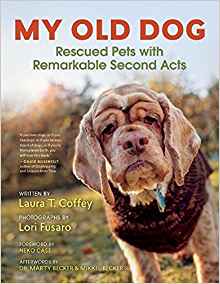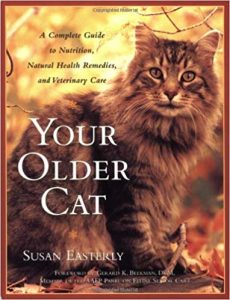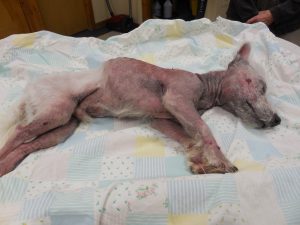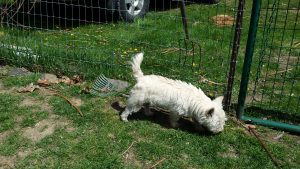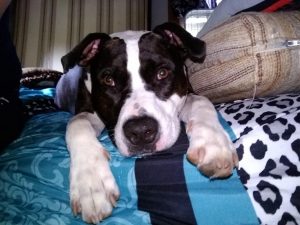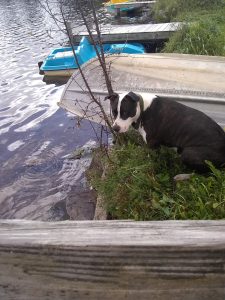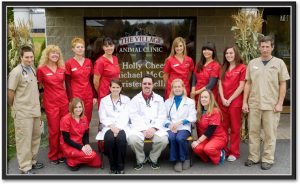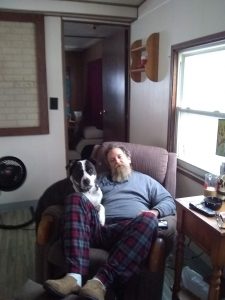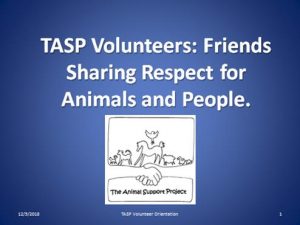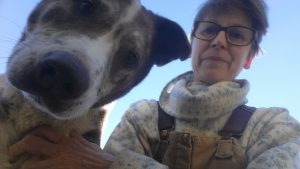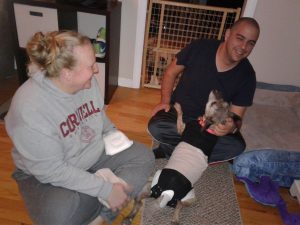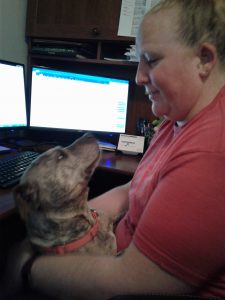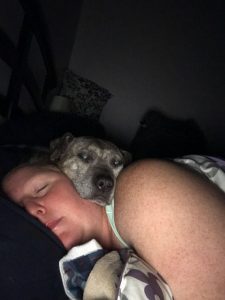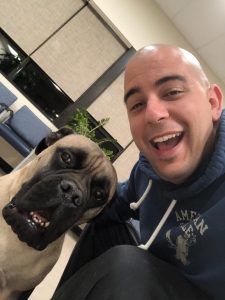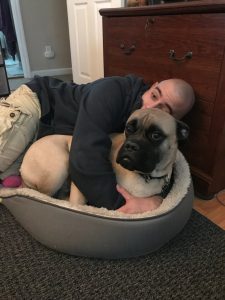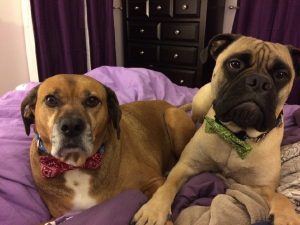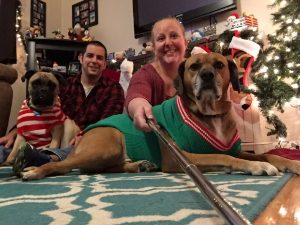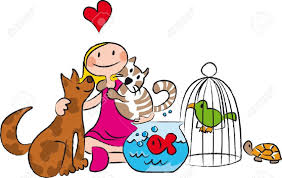Opt-In for Our Upcoming Newsletter
The 5th issue of The Animal Support Project’s email newsletter is in development, and we’re hoping to get it out to all of you who opted in before the trees lose their autumn leaves.
In this edition, you’ll find out how Mitch’s dogs are doing. You’ll meet a couple of TASP volunteers who have been helping out with all four units of TASP’s Incident Command structure: Finance, Logistics, Operations and Planning (better known as FLOP) ;o). And of course, we’re bringing you up to date on all the latest tips, resources, and legal developments concerning companion animals!
What’s that? You say you haven’t received a TASP email newsletter yet? Well, then you might still need to OPT-IN.
To opt-in, just click on this Opt-In link and follow the ensuing instructions. BTW, please share with anyone you know who might also be interested in receiving the newsletter. Thanks as always for keeping tabs on us. We hope you will enjoy the newsletter as much as we enjoy creating it for you.
The fifth edition will be out before you know it!
And you won’t want to miss out on the news about Sarah!

